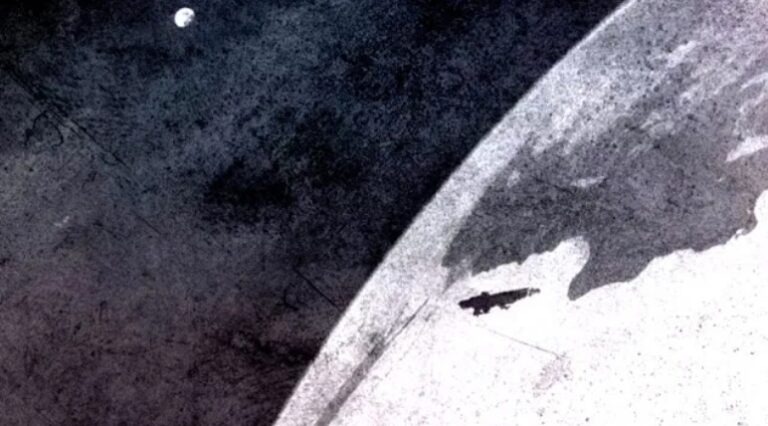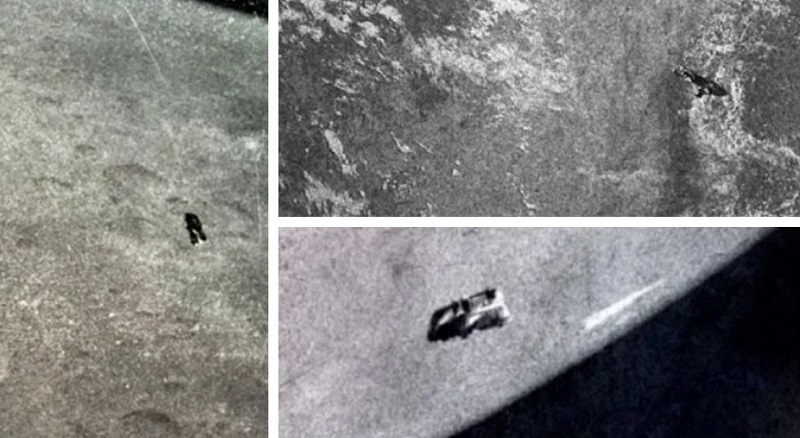The recent discovery of a strange memory stick, filled with purported images of extraterrestrial life, has ignited a global firestorm of speculation and debate. The individual who found the device, a man named Quisto, claims to have stumbled upon it in a small community near Berlin, Germany.
A Relic of the Past
The memory stick itself is an enigma. Its appearance suggests it’s an antique, perhaps from the early 19th century. Yet, it functions seamlessly, displaying a series of 28 images that seem to depict extraterrestrial beings and spacecraft. These images, according to Quisto, were likely captured by NASA’s Voyager 1 and 2 probes, launched in 1977.

The Intriguing Images
The images on the memory stick range from distant planets to close-up shots of purported alien life forms. Some of the more striking images include:
- Alien Beings: Humanoid figures with elongated skulls and large, almond-shaped eyes.
- UFOs: Disc-shaped objects hovering above planetary surfaces.
- Ancient Structures: Ruins of advanced civilizations on distant planets.
While the authenticity of these images remains highly questionable, they have captured the imagination of many. Some experts have suggested that the images may be digitally manipulated or the product of a sophisticated hoax. However, others believe that they could be genuine evidence of extraterrestrial life.
The Mystery Deepens
The circumstances surrounding the discovery of the memory stick are equally mysterious. How did such an old device end up in a small German town? Who created it, and what was its intended purpose? These questions remain unanswered.

The Impact on Popular Culture
The discovery of the memory stick has had a significant impact on popular culture. It has fueled discussions about the existence of extraterrestrial life, the nature of reality, and the potential for advanced civilizations beyond our own. The images have inspired countless theories, conspiracy theories, and works of fiction.
A Call for Further Investigation
To determine the authenticity of the images, a thorough scientific investigation is necessary. Experts from various fields, including astronomy, physics, and computer science, should examine the memory stick and its contents. By analyzing the metadata of the images, experts may be able to determine their origin and whether they have been manipulated.
While the discovery of the memory stick remains a fascinating mystery, it is crucial to approach it with a healthy dose of skepticism and critical thinking. As more information emerges, we may be able to unravel the truth behind this enigmatic find.


